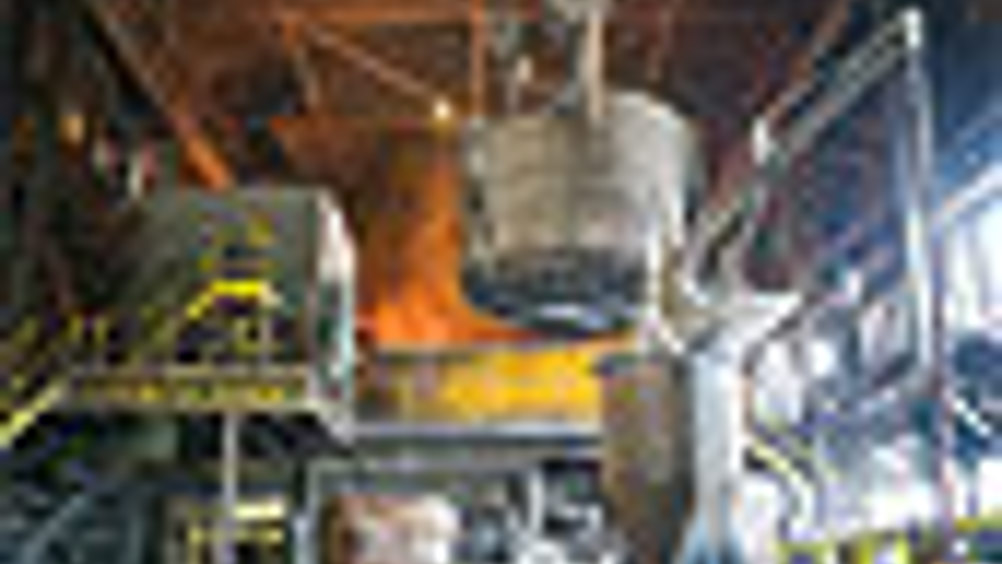Environmental two-step
The twin challenges of green engineering are to measure it and then fix it, says National Instruments

Over the last year, the mainstream media has dramatically increased its emphasis on all things green.
Concerns about global climate change, soaring energy prices and increased government legislation are driving new priorities and expectations — from consumer products to corporate responsibility and sustainability plans.
To meet these new demands, companies around the world are scrambling to create products and technologies that address these concerns and to change the ways in which they are developed and manufactured. The profile of these issues has been raised by politicians but, ultimately, the responsibility for solving these big problems will fall on the shoulders of the world's scientists and engineers.
This challenge can be broken down into two basic steps — measure it and then fix it. Of the former, Linda Fisher, chief sustainability officer at DuPont said in this January's issue of
: 'We find that with energy and greenhouse gases if you start to measure, people reduce the usage. Measuring is not a simple task, but once a company has a proper baseline, it can see what can be changed.'
Register now to continue reading
Thanks for visiting The Engineer. You’ve now reached your monthly limit of news stories. Register for free to unlock unlimited access to all of our news coverage, as well as premium content including opinion, in-depth features and special reports.
Benefits of registering
-
In-depth insights and coverage of key emerging trends
-
Unrestricted access to special reports throughout the year
-
Daily technology news delivered straight to your inbox










CCC Report Finds UK Climate Targets Still Within Reach
In 1990 67% of the UK´s electricity came from coal-fired power stations and even without renewables the transition to gas was a major contributor to...